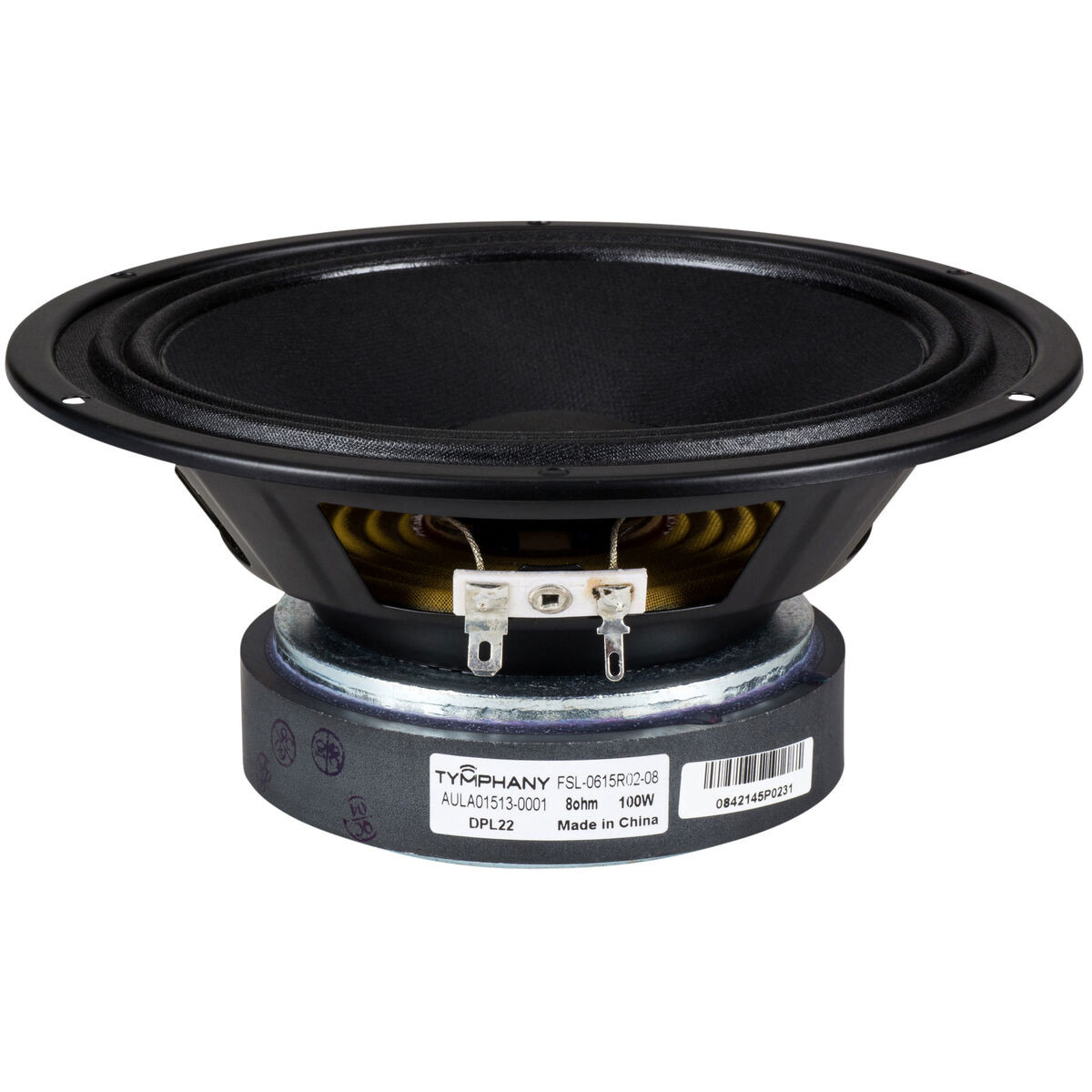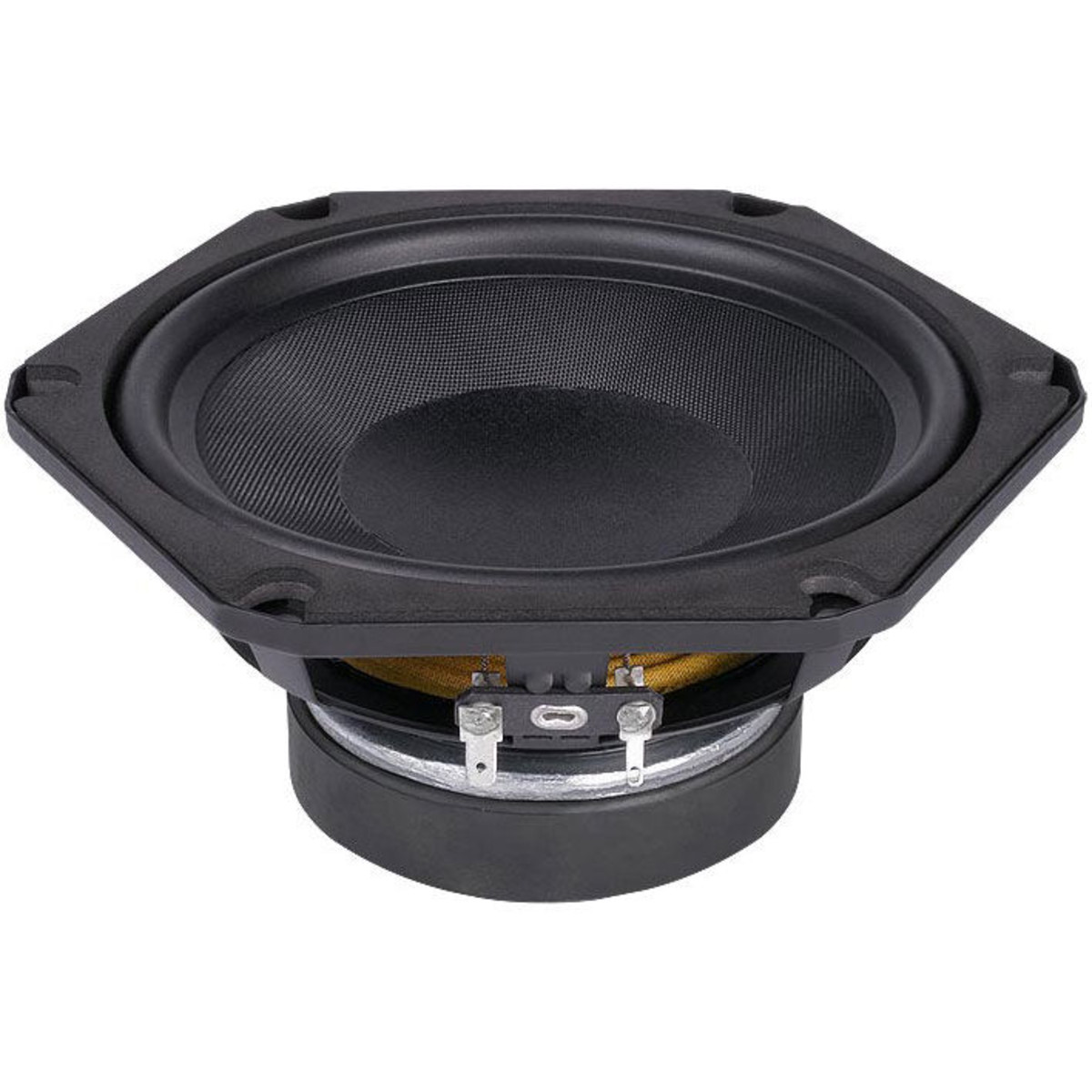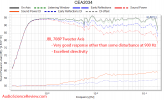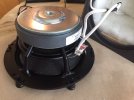Hole? Dead?
We must be looking at different measurements. This is probably one of the 3 best 2 way speakers we've ever seen. There is a
very slight directivity increase, but it's fantastically tiny. 90%+ of speakers have a much worse dip.
Comparing side by side with the 708p, this speaker digs about 7Hz deeper. 708p is down 1.9dB at ~47Hz; Directiva is down 1.9 at ~40Hz. Comparing the distortion side by side at 96dB:
View attachment 157232
Directiva has much better 96dB distortion performance where it actually matters. 708p has lower bass distortion where we can't really hear it. I'm assuming those 2 spikes seen on the Directiva graph aren't real(in the sense that they exist in the real listening situation). 708p might look better at 106dB(guessing), but 96dB is already loud enough for most, especially for a speaker this small.
Looking at the spins:
View attachment 157234
Directivity is about equal, but the Directiva is clearly better in terms of frequency response.
The Directiva is ~$1350 to build, while the 708p is ~$3,800(on Sweetwater with big sale, normally $4,600). I own the 708p, and I think it's amazing for the price, but this speaker looks even better(at least at 96dB). Seeing the measurements of DIY projects here, I've been somewhat disappointed, but this is right up there with Genelec in terms of performance, while being cheaper(to build). The 8330 cost more than this and measures worse.
For more context, let's compare it to one of the best values out there, the Neumann KH310:
Spins looks almost equal(honestly can't decide which I like more).
KH310 extends ~3Hz deeper, being -1.9dB at 37Hz.
Distortion @96 is close, but Directiva comes out on top. This is especially true if we assume the Directiva spikes are a product of the miniDSP vibrating on top and the 27kHz breakup.
View attachment 157235
The KH310 is an amazing speaker for the price, and one of the best values out there(if not the best) above $4,000. Not saying it assuredly sounds better than the KH310(I'm a huge fan of 3 way), but the fact that it arguably measures better for less than 1/3 of the price is amazing. Even at $4-5k full package price, I still think it's an incredible value. At 96dB it measures as well or better than the 708p and KH310, which are both in that same range.
I get that it's expensive, but at $1400 to build, this thing is a steal, and a huge win for DIY. The DIY designs measured up to this point have been bad to good in terms of value, but never exceptional. This is the first DIY design I've seen that really makes me want to try it.






